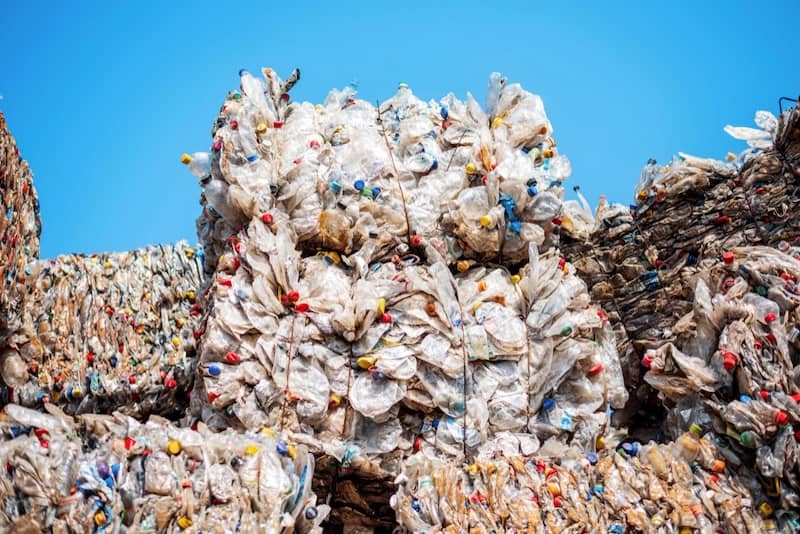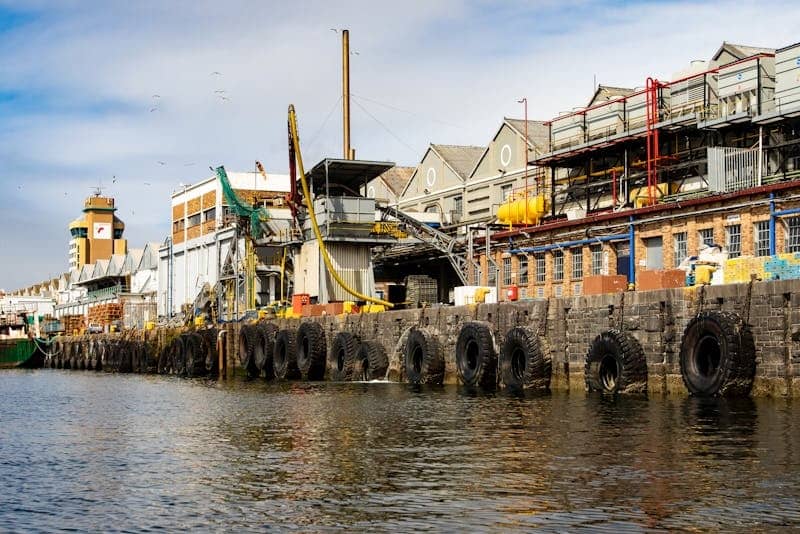Have you ever been peeling an orange for breakfast and how far that piece of fruit had to travel on the interstate to get to you? If you did, then you would realize the interstate has quite a lot to do with transporting your humble orange and, in fact, most of the food you eat. The interstate is to the food industry what conveyor belts are to tire recycling.
Conveyor belts play a pivotal role in tire recycling. While compared to other waste tires recycling equipment like primary shredders and crumb rubber equipment, they might seem secondary. But without them, none of the other equipment would process any tires. To keep your plant up and running, you would have to hire teams of people to undertake an enormous amount of strenuous manual labor moving whole tires and tire shreds from one machine to another.
A Brief History of Conveyor Belts
Conveyor belts were invented at the start of the 20th century and since then have become a symbol of the industrial age and the modern factory. While many people created conveyor-like systems, Google (and historians) give most of the credit to Thomas Robbins.
Back in 1901, before tire recycling was not on the radar, steel manufacturers and coal miners were the first significant businesses to use conveyor belts. During the second world war, these belts, along with many other industrial technologies, were crucial to the war efforts and have remained an integral part of modern manufacturing.
Conveyor Belts and Recycling
Now, we are cleaning up many of the environmental missteps of the 20th century. Among those are an overabundance of rubber tires and lack of adequate recycling facilities. If you are considering starting a tire recycling plant or upgrading a current system, the conveyor belts you use are certain to either help or hinder your processing plant. It’s worth understanding all the different kinds of conveyors available to you in this situation.
1. Belt Conveyors
These conveyors use a continuously moving belt to transport materials from one point to another. They are like a conveyor belt at a grocery store checkout, carrying items along a fixed path. Belt conveyors are easy to install and require minimal maintenance, making them popular. They are capable of handling a variety of materials, including shredded tires and rubber mulch. However, they can be expensive and require frequent part replacements as the belts wear out.
2. Screw Conveyors
These conveyors use a rotating screw to move materials along a fixed path. They are like giant corkscrews, carrying materials in a circular motion. Screw conveyors are suitable for transporting shredded tires and other recyclable materials. They are relatively low maintenance, last for years, and keep the product neat and organized as it passes from one machine to another. However, installing them can be expensive, and they require regular cleaning to prevent clogs.
3. Magnetic Conveyors
These conveyors use magnets to move materials. They are commonly used to separate steel wires from shredded tires. The magnets attract the steel wires, making removing them from the nonmagnetic shredded tires easy. Magnetic conveyors require little maintenance and can transport a variety of materials. Many tire recyclers see magnetic conveyors as a necessary piece of tire recycling equipment. Their only downside is that they can be pricey.
4. Vibrating Conveyors
These conveyors use vibrations to move materials along a fixed path. They are like a giant tuning fork or maybe the bristles of your electric toothbrush, vibrating materials along the conveyor. Vibrating conveyors are often used to separate larger shreds from smaller pieces in rubber mulch. They are relatively low maintenance, but they can be noisy and messier than other types of conveyors. If you market rubber powder or mulch based on the size of the grains, then vibrating conveyors can be rough filters.
5. Pneumatic Conveyors
These conveyors use air pressure to move materials along a fixed path. They are like huge vacuum cleaners transporting materials through a network of pipes. Pneumatic conveyors work quickly and effectively to transport shredded tires and rubber mulch. They are relatively low maintenance and can handle a wide range of materials. Compared to classical belt conveyors, they can be expensive to install. They can allow for much more complicated plant designs.
6. Chain Conveyors
These conveyors use chains to move materials along a fixed path. Imagine a giant bike chain carrying materials between two sites. Chain conveyors are ideal for transporting shredded tires and rubber mulch. They are relatively low maintenance but still need regular lubrication and cleaning.
7. Roller Conveyors
These conveyors use rollers to move materials along a fixed path. They are like an airport security checkpoint conveyor, moving materials along a fixed route on rollers. Roller conveyors are good at transporting whole tires but are less effective for rubber powder and other processed products since they generally have gaps between rollers.
So there you have it, the full assembly of conveyor systems in common usage in tire recycling facilities and other manufacturing buildings around the globe. The one that works best for your plant will depend on the type of material you are transporting and the path it takes. Conveyor belts are the glue that makes tire recycling a viable business venture. They are the backbone of the industrial revolution and are now the un-applauded heroes of the recycling epoch.




